The recent joint inspections conducted by the Central Pollution Control Board (CPCB) and Haryana State Pollution Control Board (HSPCB) on brick kilns in Haryana reveal encouraging levels of compliance with environmental regulations. Approximately 92% of the 207 brick kilns inspected in Hisar were found to be adhering to the provisions outlined in their consent to operate (CTO) licenses. These inspections form part of a broader statewide effort aimed at ensuring the adoption of environmentally friendly practices, such as the use of zig-zag technology and approved fuel types, to minimize emissions.
According to officials, the inspections focused on various parameters including the implementation of zig-zag technology, monitoring provisions, and the type of fuel being utilized. Out of the inspected units, 190 were deemed compliant, while six were found to be in violation of norms. Additionally, eight units voluntarily ceased operations, and three were dismantled.
The data further indicates that a significant proportion of brick kilns in the National Capital Region (NCR) districts of Haryana have already transitioned to zig-zag technology, with 71.3% of the 2,163 units adopting this cleaner alternative. However, the remaining 620 units, which continue to use outdated methodologies, were shut down last year with the option to resume operations if they switch to approved technology.
Despite the progress, challenges persist in monitoring the brick kiln industry due to its dispersed nature and small-scale operations. Efforts are underway to organize the sector by establishing emission standards and mandating the adoption of cleaner technologies.
These inspections underscore the commitment of regulatory authorities to address environmental concerns and promote sustainable practices within the construction and infrastructure sectors. By enforcing compliance and encouraging technological advancements, initiatives like these contribute to the mitigation of air pollution and the preservation of environmental quality.

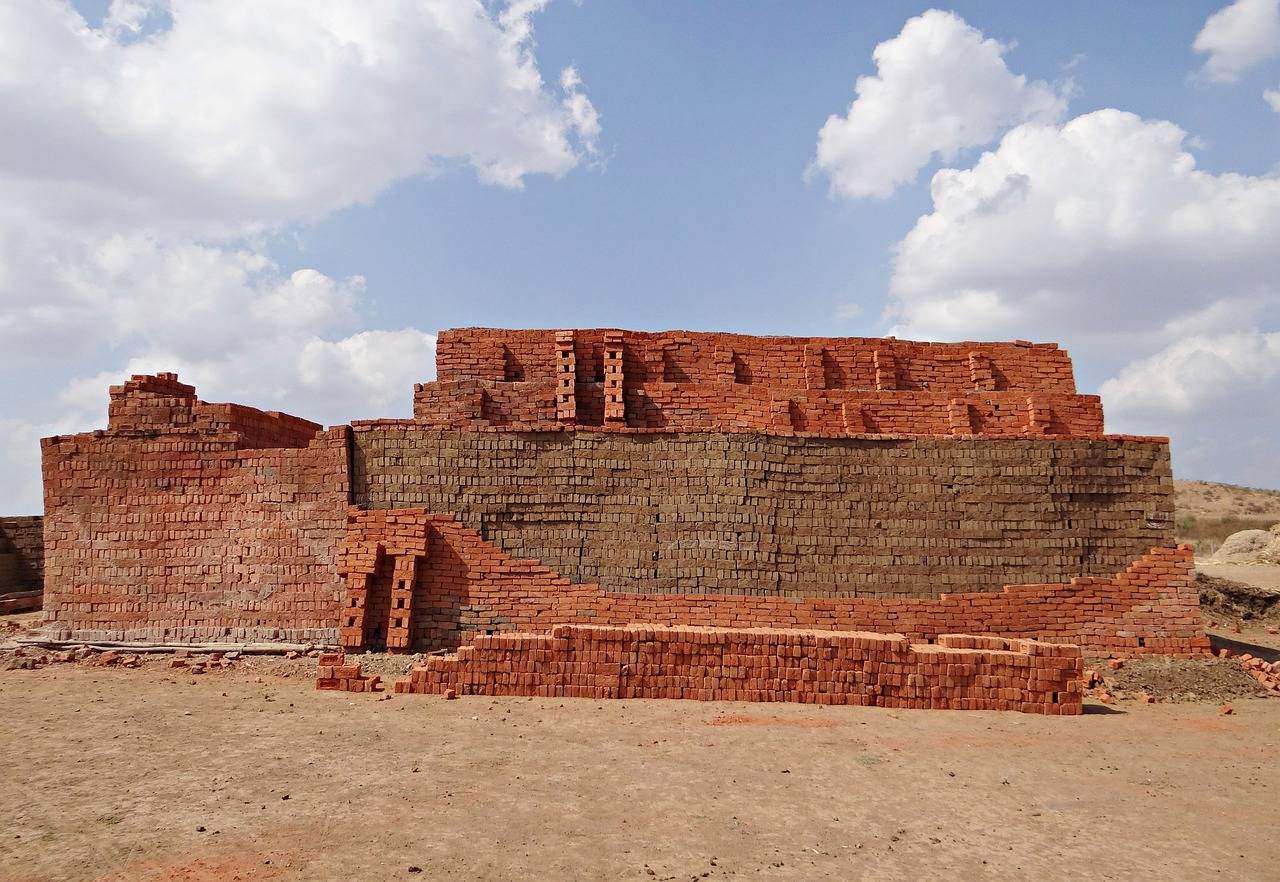


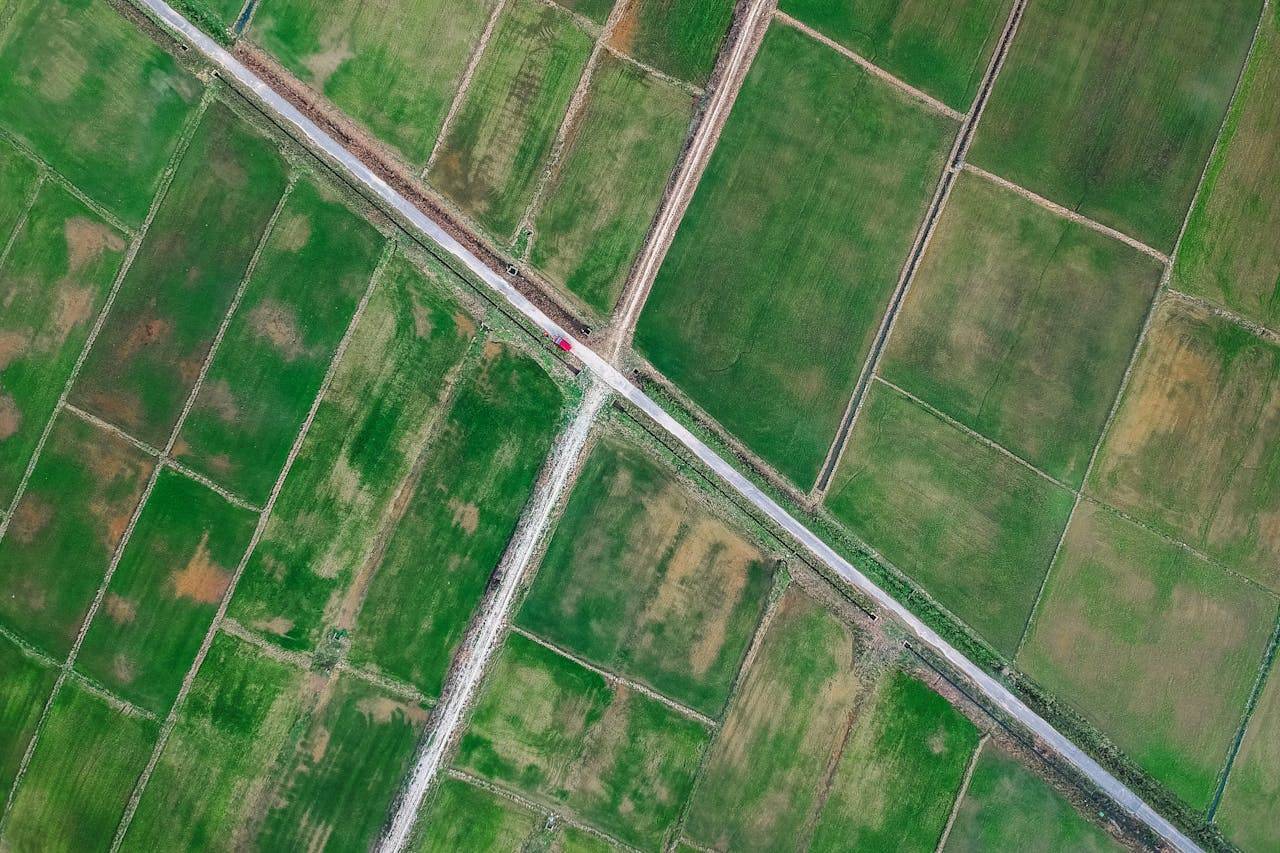
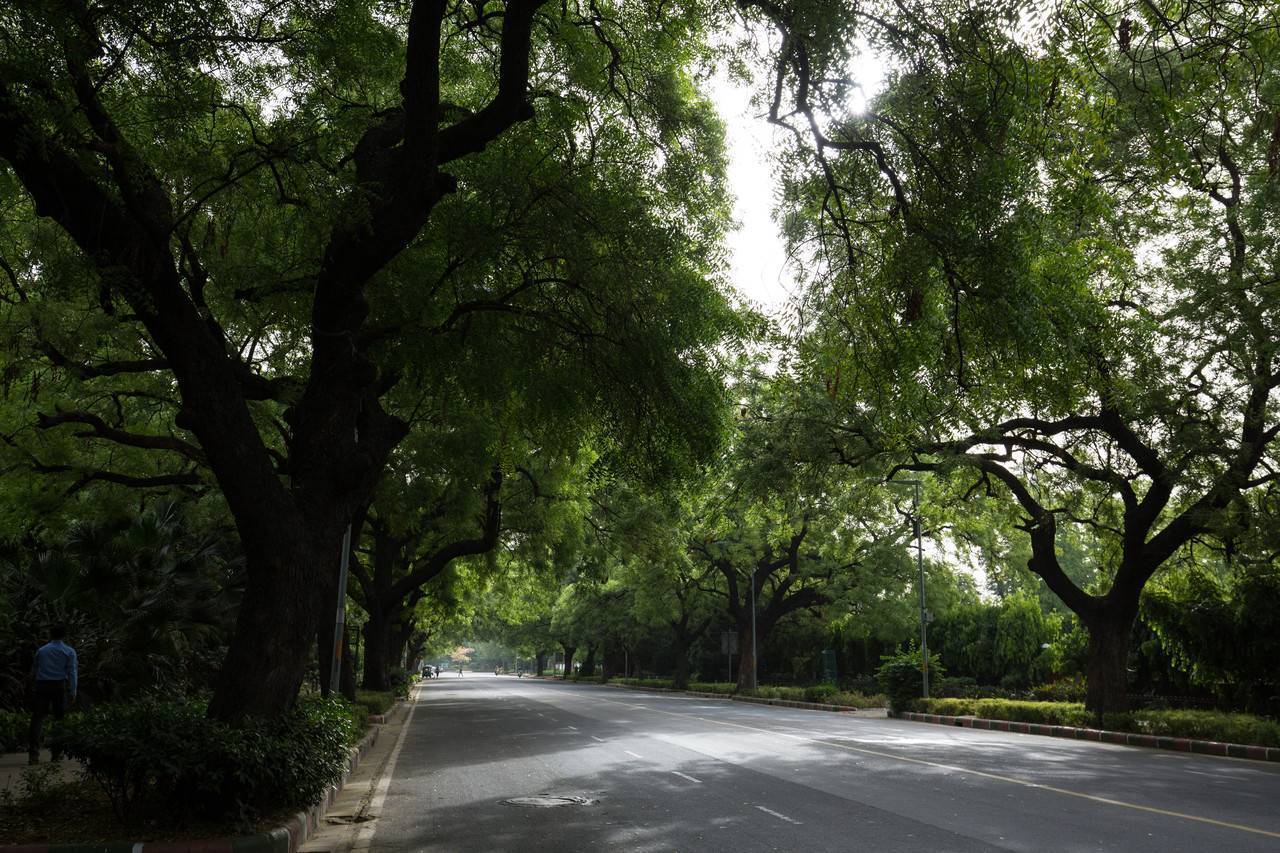
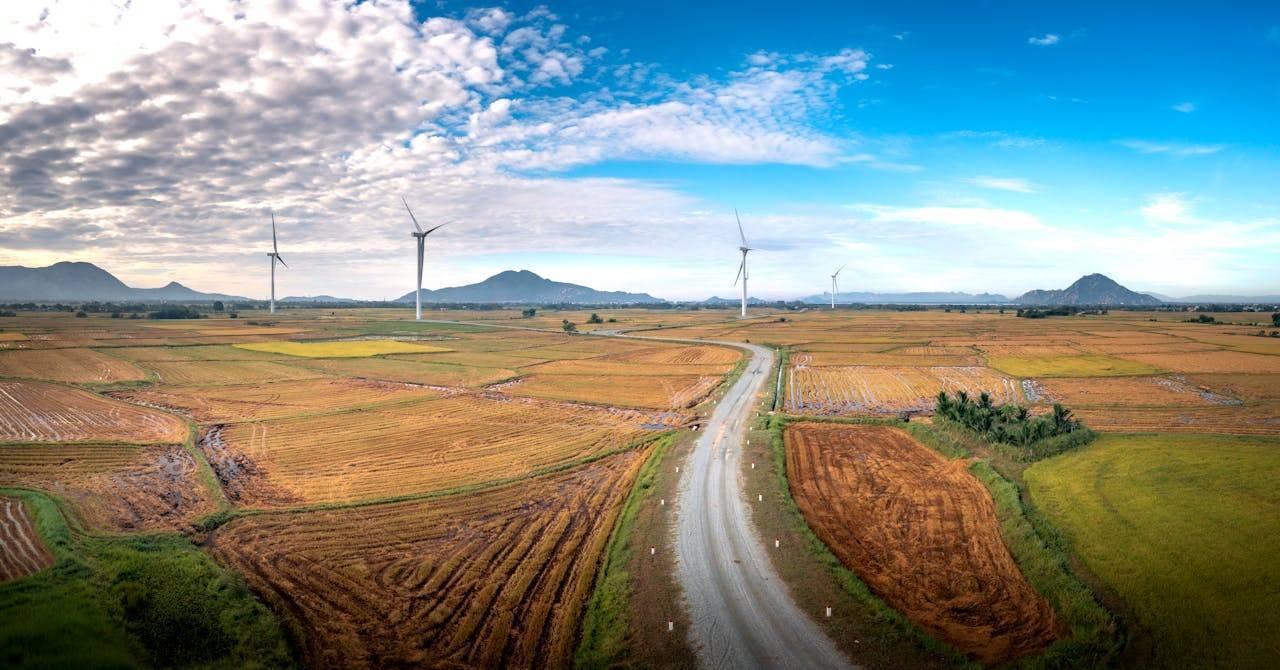

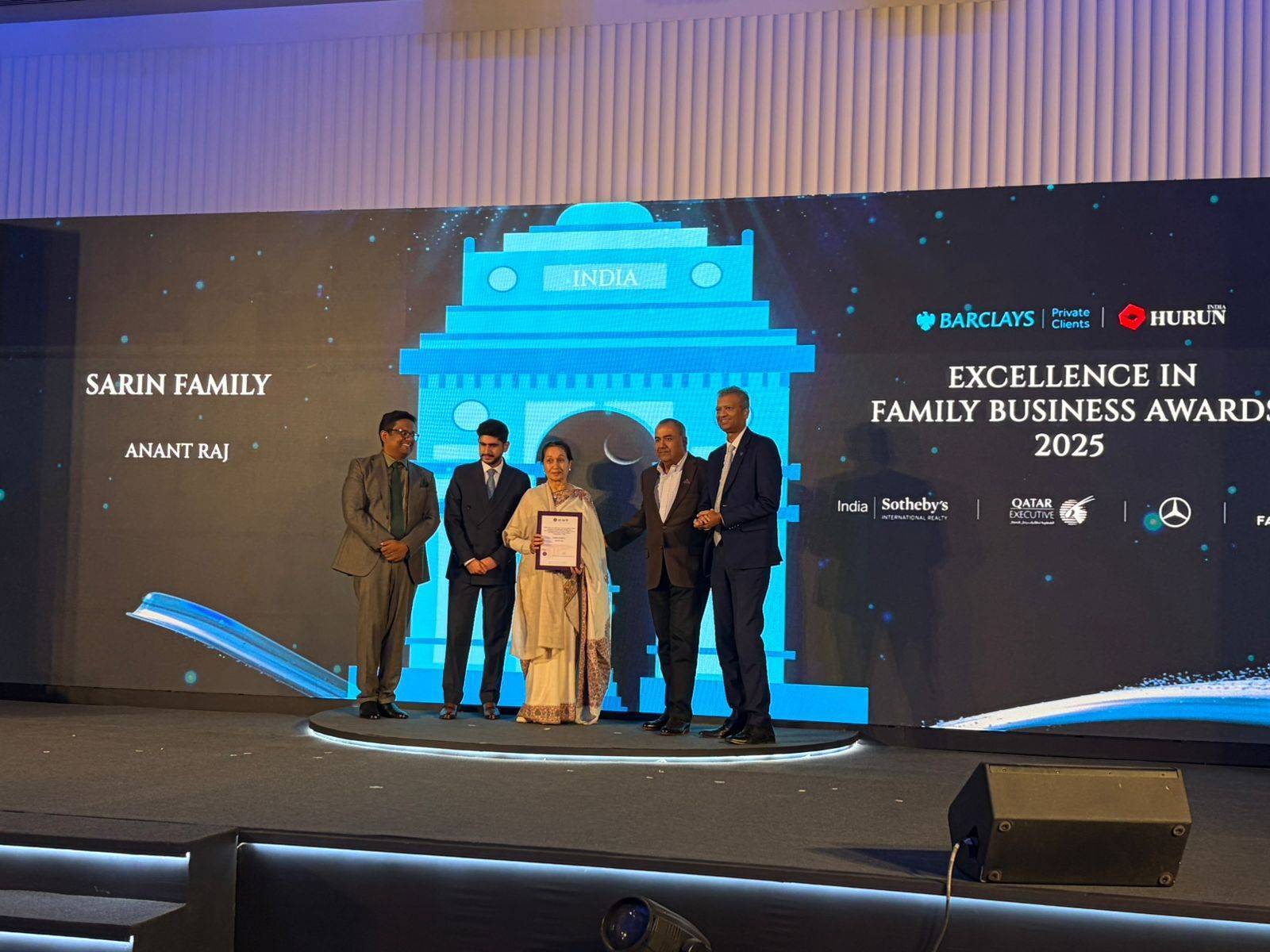
.png)